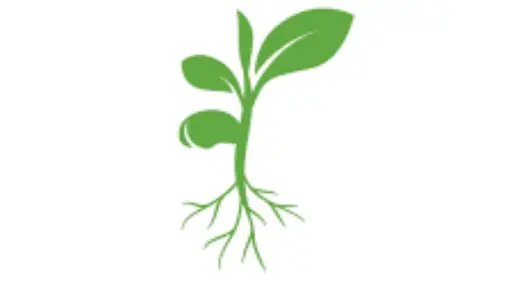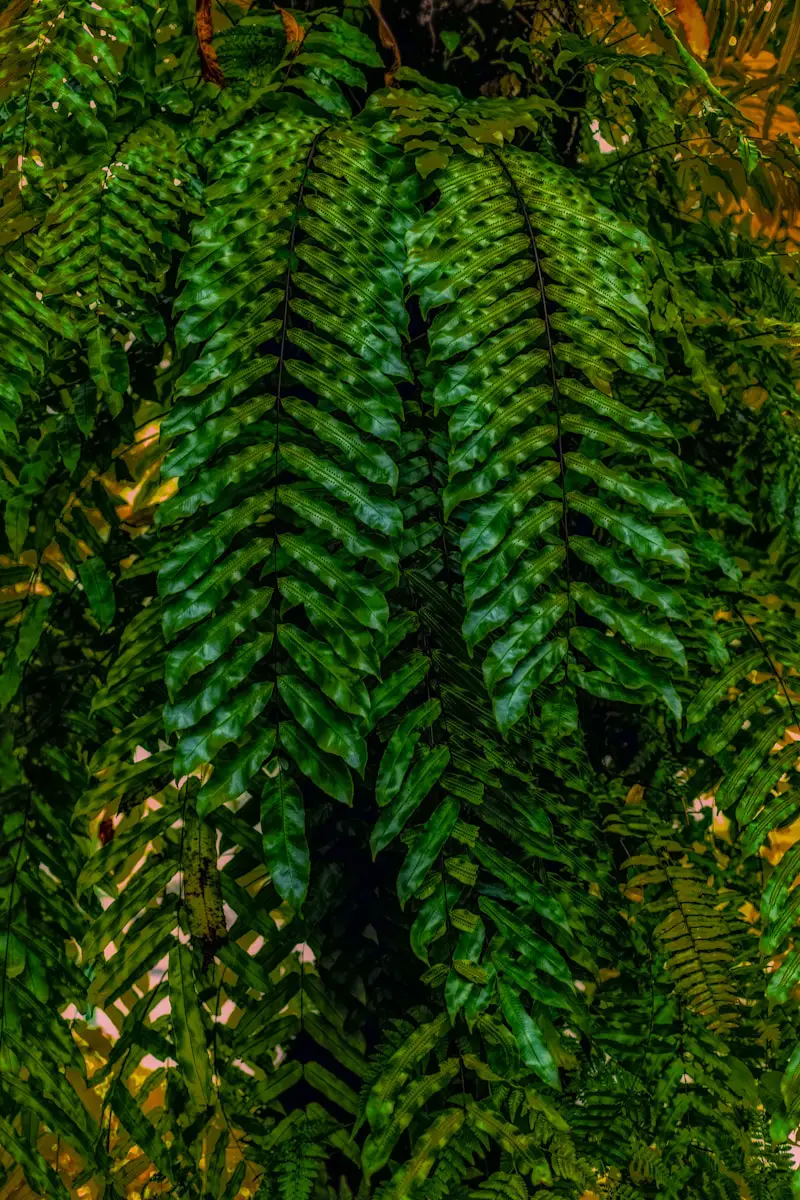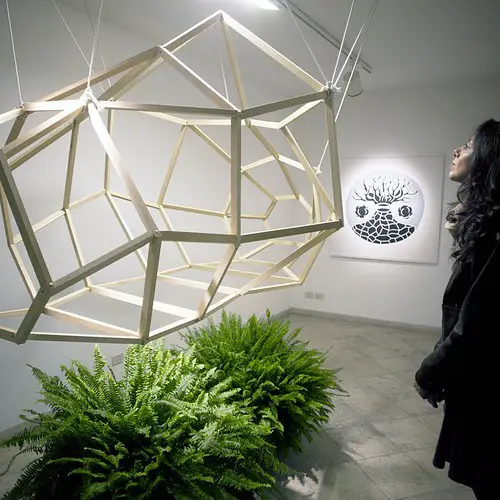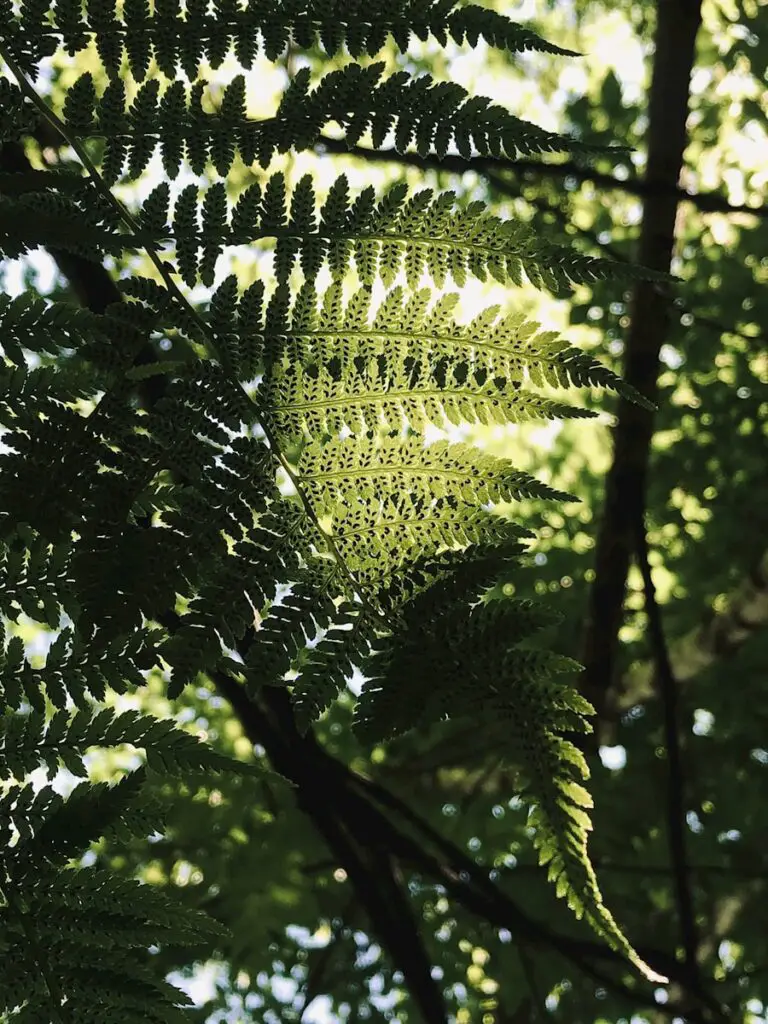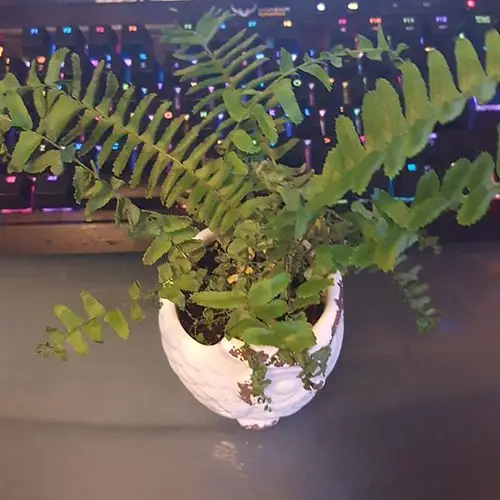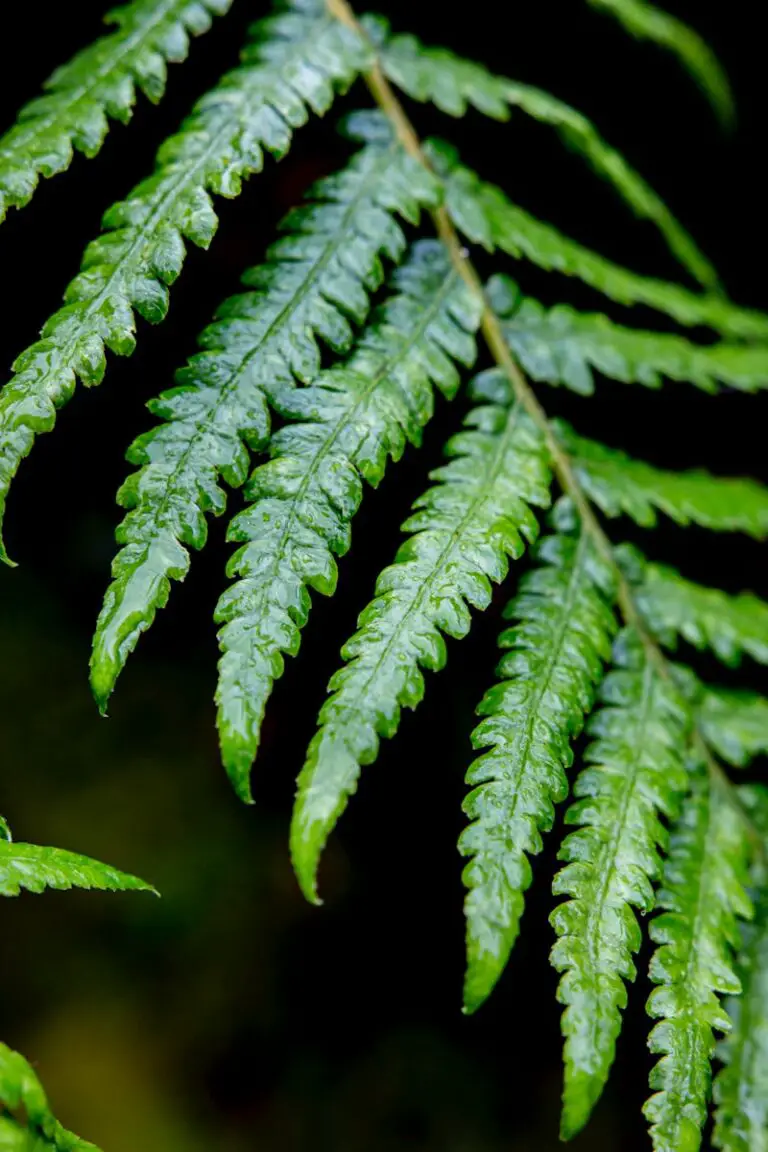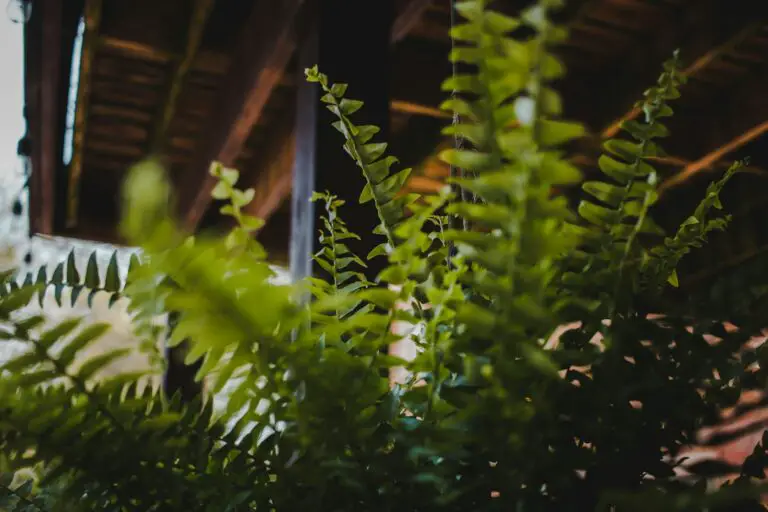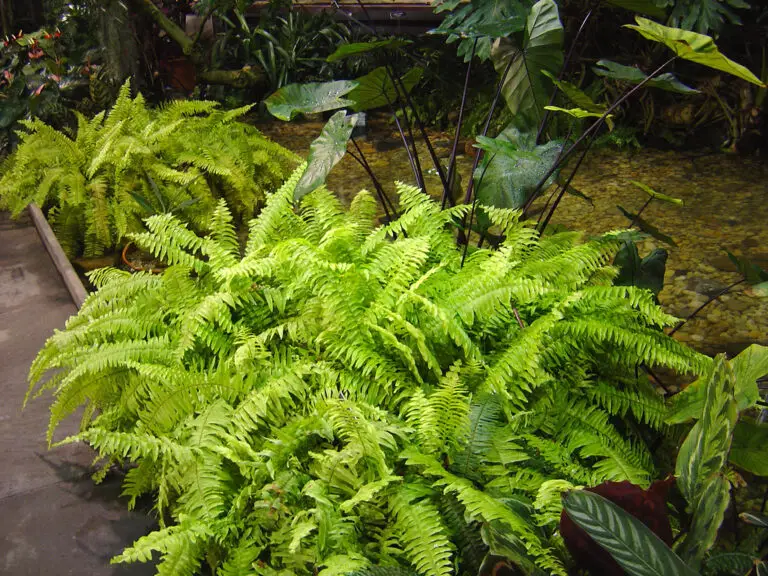Understanding Leaf Variations in Indoor Boston Fern Cultivars
Boston Ferns are a beloved staple among indoor gardeners, prized for their lush and vibrant foliage that can transform any living space into a verdant paradise. However, not all Boston Ferns are created equal when it comes to the intricate details of their foliage. This article will offer a closer look at the various leaf variations found within different cultivars of Boston Ferns, providing enthusiasts with the knowledge to care for and curate their own fern haven.
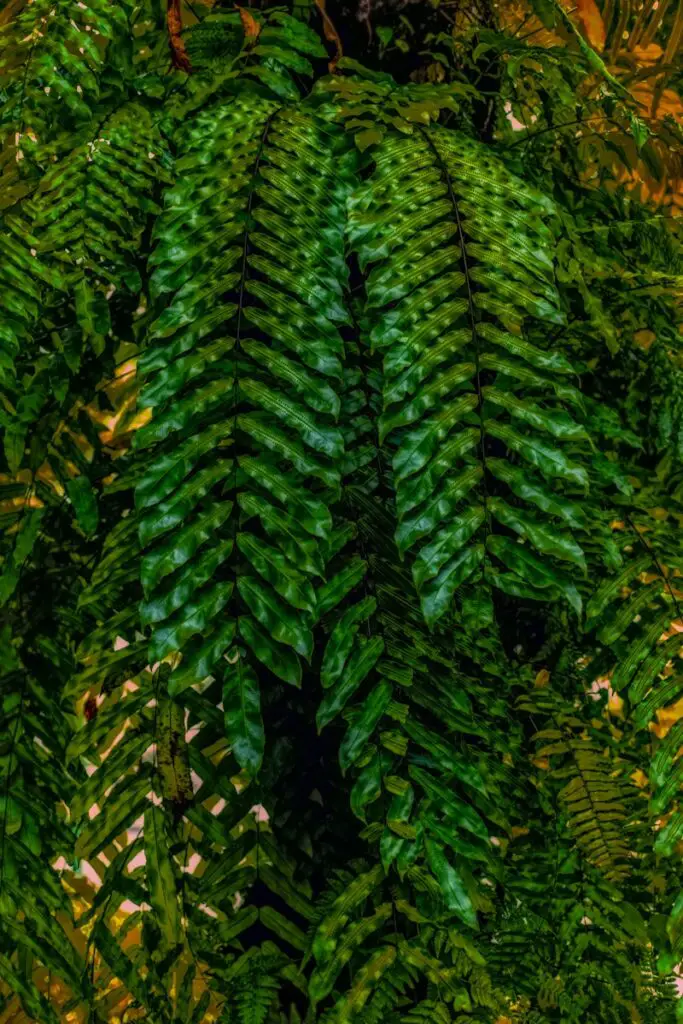
Leaf Variations Explained
Boston Ferns are renowned for their feather-like compound leaves, known as fronds, which are composed of smaller leaflets or pinnae. Understanding the anatomy and traits of these leaves is vital in appreciating the diversity within the fern family.
Types of Leaves Found in Boston Fern Cultivars
Fronds
The most recognizable part of the Boston Fern, fronds, are the collective term used for its compound leaves, which fan out gracefully from the central point of growth. They can vary in size and density, with certain cultivars sporting fronds that are more compact, making them particularly well-suited for hanging baskets.
Pinnae
Pinnae are the individual leaflets that make up the fronds. These are attached to the stem—known as the rachis—via a slim stalk or petiole, which gives them a mobile quality and adds to the fern’s graceful undulation with air currents.
Rachis
The rachis serves as the framework for the fronds, providing support for the pinnae. It is from the rachis that new growth emerges, and its health is integral to the overall well-being of the plant.
Significance for Indoor Gardeners
Each leaf variation in Boston Ferns hints at specific care requirements, making the recognition and understanding of these differences an essential part of maintaining a healthy and thriving indoor garden.
Understanding Leaf Variations for Care and Maintenance
Maintaining the lush greenery of Boston Ferns indoors can be a rewarding but detailed task. The following insights into specific leaf variations can aid in the cultivation process:
Light Requirements
The more spacious the fronds and the greener the pinnae, the more Boston Ferns will require indirect light to photosynthesize effectively. Understanding how the structure of the fronds affects the plant’s light intake is crucial in positioning your fern for optimal growth.
Watering Needs
Larger fronds with a denser display of pinnae usually mean that a fern requires more water. The thicker and darker the pinnae, the more moisture the fern is capable of holding. Balancing the watering schedule to account for these leaf characteristics is key to preventing overwatering or underwatering.
Pruning Tips
Trimming and pruning are part of the maintenance routine for any indoor plant, and Boston Ferns are no exception. Recognizing the various leaf parts and their functions will help you selectively prune for both health and aesthetic reasons. Cut back dead or browning pinnae to the rachis without harming the overall frond to promote new, healthy growth.

Enhancing Aesthetics
The beauty of Boston Ferns lies not only in their leafy abundance but also in the variety and pattern that individual fronds and pinnae can represent. Indoor gardeners can use this to their advantage when creating visually appealing arrangements.
Utilizing Leaf Variations for Visual Appeal in Indoor Spaces
Boston Ferns with different leaf shapes and sizes can be combined to create textures and layers within a room. Hanging baskets may benefit from cultivars with lighter, more mobile fronds, while those with denser arrangements are perfect for filling a corner with a splash of green. Mixing and matching these cultivars will not only add charm but could also serve practical purposes such as providing privacy or delineating areas within a room.
Conclusion
The attention to leaf variations in Boston Ferns is not just about the aesthetic pleasure they offer but about the deeper connection they create between gardener and plant. By recognizing and understanding these variations, you’re poised to be a more effective and efficient caretaker of your indoor garden. Remember that these luscious fronds are not just decorations, but a communicator of the Boston Fern’s current and future needs —soak in the language they speak, and watch your indoor oasis thrive in return.
